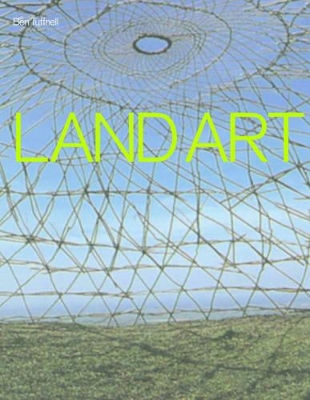In the mid- to late 1960s, a group of young artists on both sides of the Atlantic turned away from the enclosed space of the gallery, and went out into the landscape, to make a new type of art. Land Art, or as it has been alternatively described, Earth Art, Earthworks or Environmental Art, while it encompasses a wide range of practices, and includes elements of minimalism, photography, performance, sculpture and conceptual art, can nevertheless be identified as an important global movement in twenty-first-century art history. There is currently no single volume that offers an overview of the many international manifestations of Land Art, or the philosophical, geographical and cultural contexts from which it arose. The chronology of many histories of Land Art begins with the early, American masters of the movement, including Robert Smithson, Michael Heizer, and Walter De Maria. While making a thorough study of the practice of these figures, Tufnell explores the contribution of many important European figures, from the same period whose work, though more subtle and less monumental in scale, made an equally powerful contribution to the story of Land Art.
The methodology and motivations of the artists examined are many and various. They include the importance of walking to Richard Long and Hamish Fulton; the manipulation of natural light by James Turrell and Robert Morris; sculptures made in the landscape by Andy Goldsworthy and Nils-Udo; the garden of Ian Hamilton Finlay and the Meadow of Herman de-Vries; the political consciousness of Ana Mendiata and Alan Sonfist; and the social activism of Joseph Beuys. Contemporary artists, including Francis Alys and Tacita Dean, whose work is informed by the themes and traditions of Land Art, are also included.
- ISBN13 9781854376046
- Publish Date 13 April 2007
- Publish Status Out of Print
- Out of Print 15 June 2021
- Publish Country GB
- Imprint Tate Publishing
- Format Paperback
- Pages 144
- Language English
